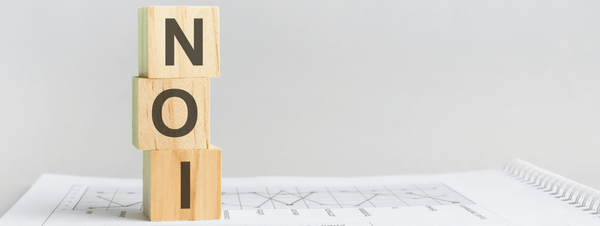End of Tenancy Checklist
Moving home is stressful. Even if you’re a veteran London tenant, used to upping sticks for new pastures (or rather, boroughs) every 12-18 months, it’s easy to neglect the finer details once you’ve packed your boxes and booked the removals van. With that in mind, we’ve compiled this guide to best practice for vacating a property.
Cleaning
It is always incumbent upon the tenant to return the property and its contents in the same condition as they received it at the start of the tenancy. Any discrepancy between the condition of the property at the beginning and end of the tenancy is grounds for a deposit deduction. If the property was professionally cleaned prior to the start of the tenancy, the expected standards of end-of-tenancy cleanliness are set very high. At a bare minimum, the following will be expected:
- Ovens (including shelves and trays), grills, hobs, microwaves, and all kitchen appliances thoroughly cleaned with the appropriate cleaning products. Any extractor fans above the hob must be totally grease-free.
- Washing machines, including the drum, doors, and soap tray cleaned and free of mould.
- Carpets and soft furnishings steam or dry cleaned according to the instructions on the labels. Any stains or marks created during the tenancy must be removed. If you have had a pet resident at the property, all carpets and furnishings should also be treated for fleas and mites.
- Toilets, sinks, bathtubs, shower screens/curtains must be thoroughly cleaned and disinfected.
- Fridges and freezers defrosted and thoroughly cleaned, including inside each individual tray or draw.
- Windows cleaned and free of smears.
- All light fittings and fixtures cleaned and dusted.
- All woodwork including doors, skirting boards, window ledges etc cleaned and dusted.
One the surest measures you can take to restore the property to its pre-tenancy condition is to bring in the professionals to give it a thorough, industrial deep cleanse. The prospect of cleaning the property to the above standards would be exhausting even without the additional stress that comes with moving home. Protect your deposit and save yourself the strife by outsourcing the task to a cleaning company (and be sure to keep the receipts). It’ll be cheaper, and you’ll be happier, in the long run.
Checkout/Inventory
After initially checking in to the property, you should have been given an inventory report describing:
- All items, fixtures and fittings and their state of repair.
- The condition of the property more generally.
The same report will need to be compiled at the end of the tenancy. These inventory reports provide snapshots of the condition of the property at the beginning and end of the tenancy. As such, comparison between these reports forms the basis for any deductions the landlord wishes to make from the deposit due to changes in the condition of the property. Any formal adjudication process investigating a dispute over deposit deductions will rely heavily on these reports.
Responsibility for organising the checkout inventory varies according to the tenancy agreement. At Home Made our standard agreement assigns the landlord responsibility for arranging the initial inventory prior to the tenancy, and the tenant responsibility for organising the checkout inventory. We recommend that if you are arranging the checkout inventory, it is best practice to try to use the same inventory clerk that the landlord used to compile the initial report (if the landlord used a third-party provider). This ensures that consistent standards are applied throughout both inspections. Whether or not it is your responsibility to arrange the checkout inspection, there are several steps you should take regardless:
- Ensure that all furniture and items belonging to the landlord are moved back to their original location in the property.
- Empty all bins and remove all rubbish.
- Replace any lightbulbs that aren’t working.
- Tidy any gardens.
- Remove all personal items from the property.
- Turn off any fridges and freezers and leave the doors open.
The inventory report should be scheduled for the day you leave, and after all your belongings have been removed. It is always best to attend checkout in person where possible to ensure that you are satisfied that the report reflects the condition of the property as you have left it. It is also worth consulting the check-in report to make sure that you have returned all the furnishings to their correct location.
Paying Your Bills
While this should be obvious, it’s important enough to bear repeating: Make sure that your council tax and utility bills are paid before you move out of the property. Contact each of your suppliers individually to let them know that you are moving out and let them know the date you are scheduled to leave. If you don’t, they might continue to charge you for services after your departure. It’s also vitally important to have your mail redirected to your new address. You should provide suppliers with a forwarding address or, better yet, guarantee that your personal mail is sent to your new property using Royal Mail’s redirection service. You don’t want to end up with a CCJ for unpaid utilities when you weren’t even aware that debts were outstanding.




